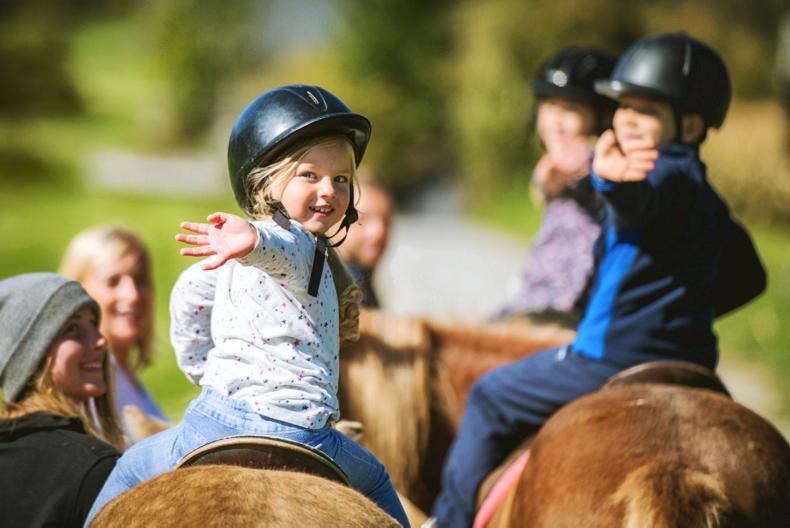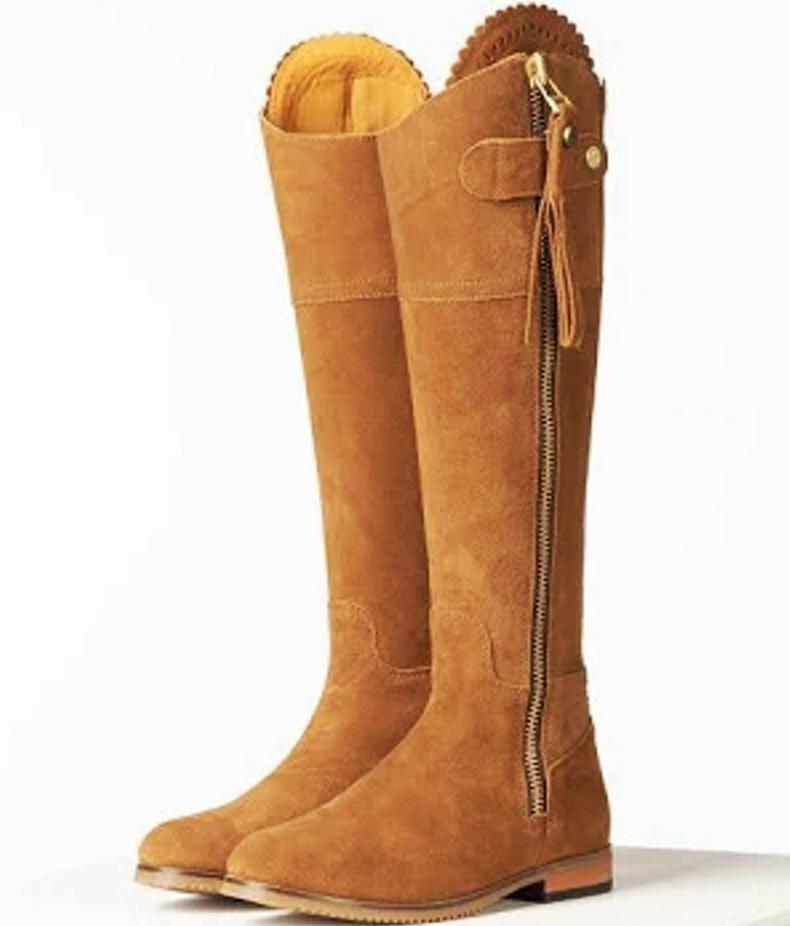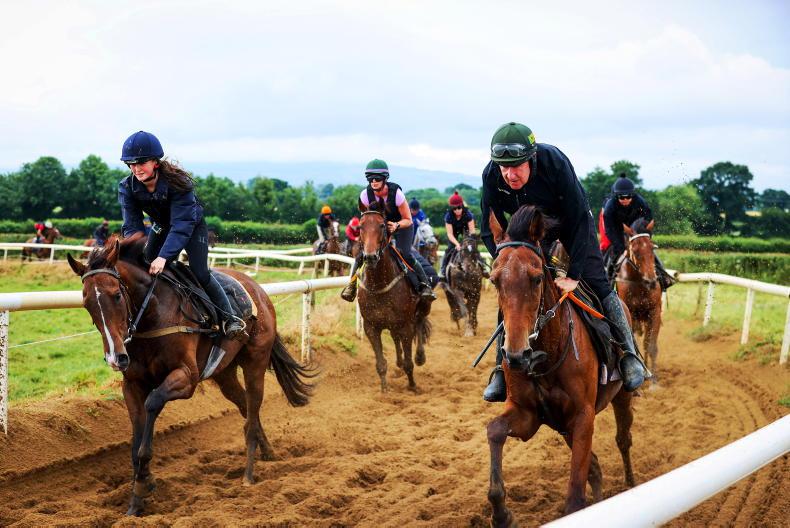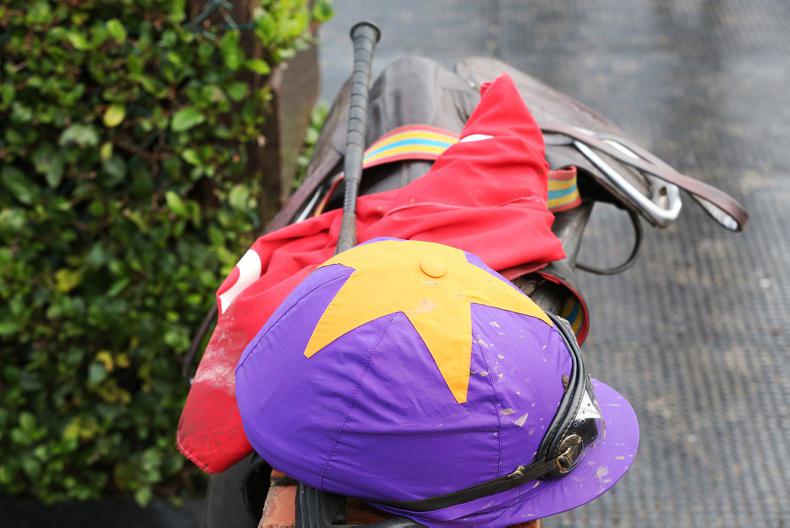ONE thing I learned over the past few years was that not everyone wanted the safest head protection for horse riders. This came as a very big shock to me.
Following a tragic fatal head injury to a rider in 1995 who was wearing an up-to-date equestrian helmet, I asked a consultant engineer to investigate the existing helmet standard, which was at the time the latest EU standard, and to produce a report.


 This is a subscriber-only article
This is a subscriber-only article
 It looks like you're browsing in private mode
It looks like you're browsing in private mode










SHARING OPTIONS: